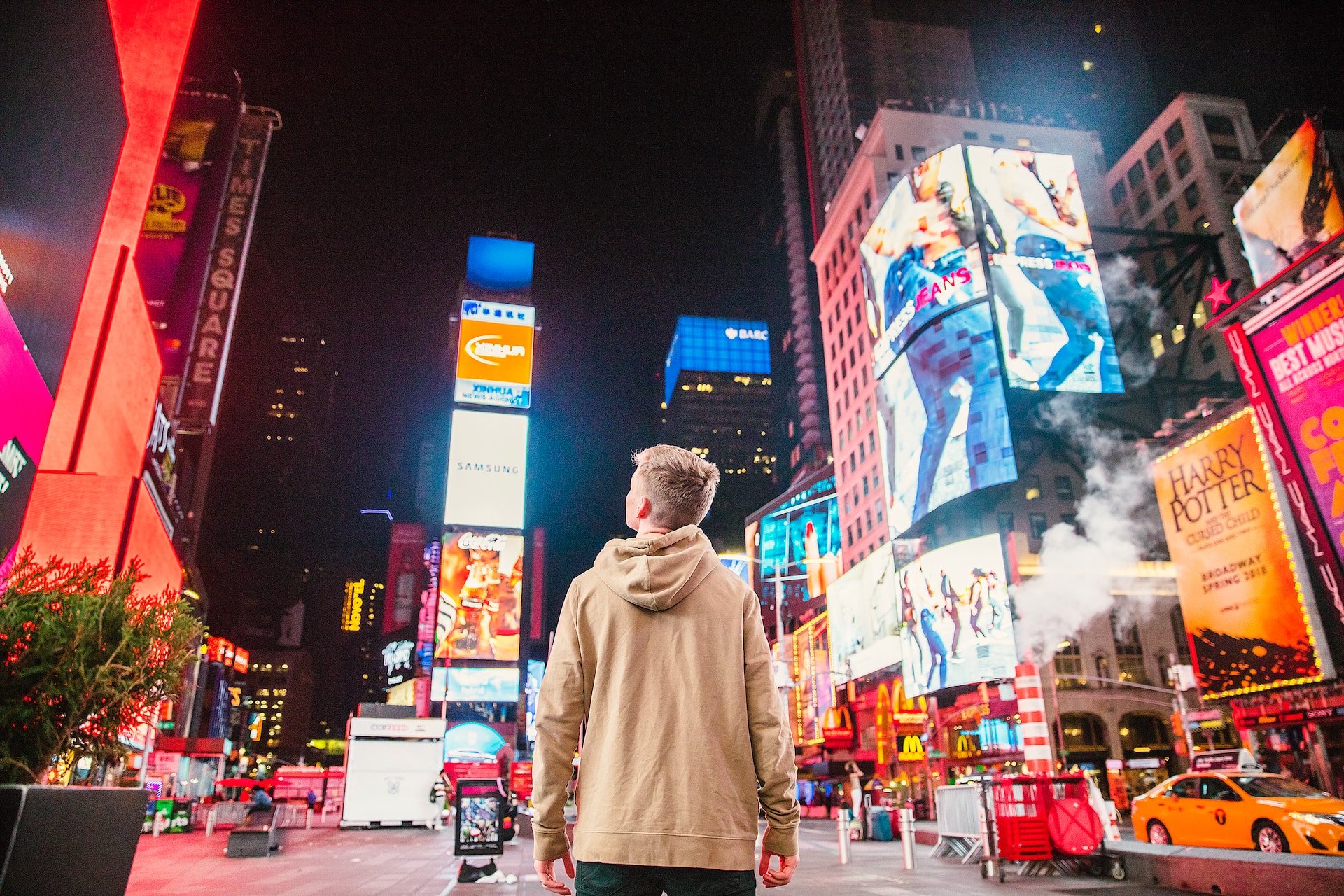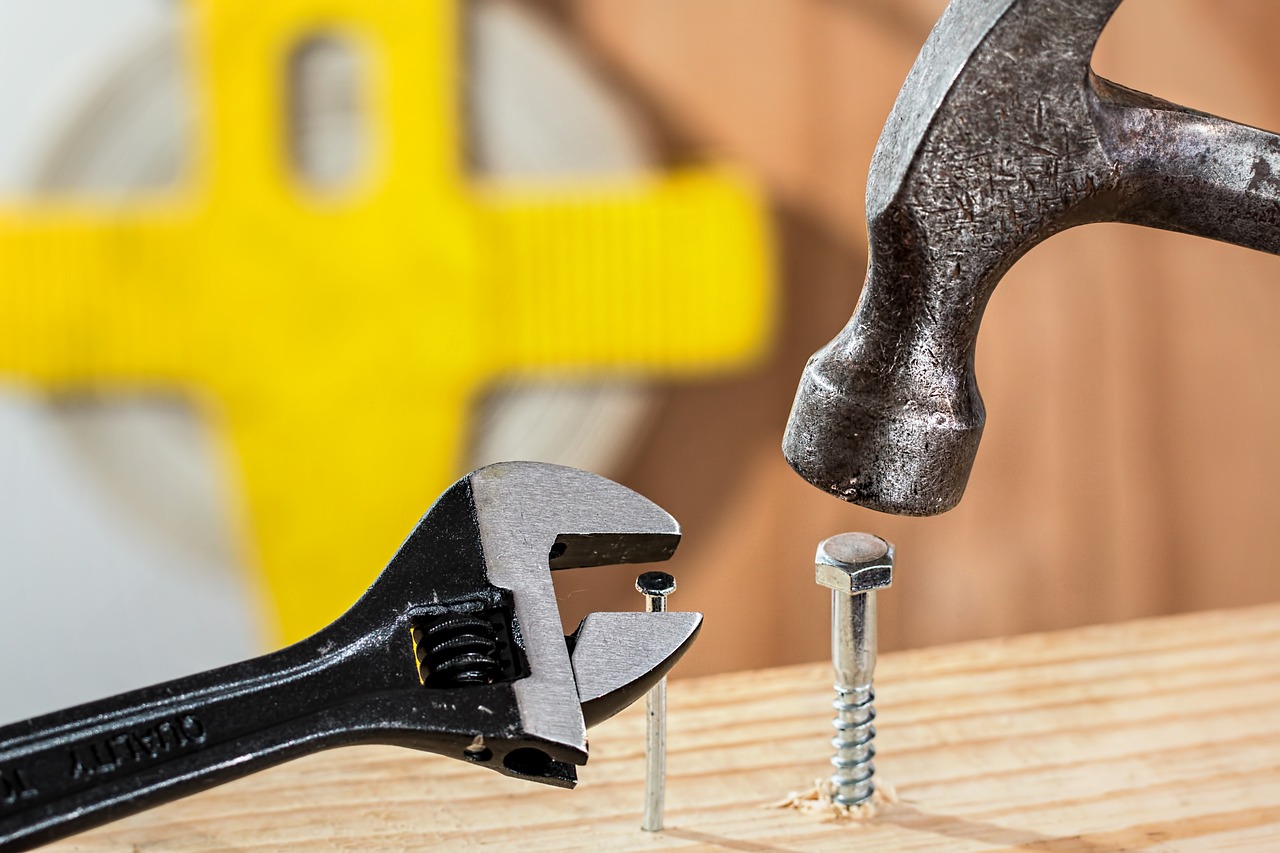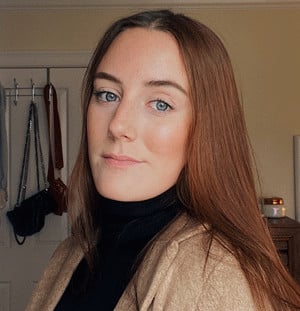Social How To: Boosted Posts vs Paid Ads
By Inspira Marketing
January 23, 2024
By Inspira Marketing
January 23, 2024
Social media marketing is a game of experimentation, analysis, and adaptation. Often the most successful campaigns rely on the smallest of details to take off. Today, our social experts are going over one of those key details.
We’re looking at an important choice, especially for brands interested in making their social media marketing dollar go as far as it can. We’re explaining why and when you’d want to boost a post on your feed, or when a paid ad is the better decision.
Both will be part of your social media strategy, but in our experience there usually is a right choice for a particular piece of content or intended outcome.

On most platforms, once you’ve posted content, an update, or a meme, you can click a button at the bottom of the post and spend a little cash to expand the post’s audience. Basically, and let’s be real for a second, it’s a way to bribe the algorithm.
Boosted posts are extremely convenient, and best used when you need a bit more attention without spending a ton of money or time.
Boosted posts are suitable for reaching a broad audience. You’re only given a few targeting options when boosting, often based on simple demographics or audience interests.
Boosted posts are user-friendly and require minimal time and expertise. You press a few buttons, select a couple of options, and you’re off. They are easy to set up and you don’t even have to leave your timeline.
Compared to other forms of advertising, they can also be more affordable, which makes them accessible for those with limited marketing resources. One-person businesses and micro-influencers are able to boost their posts regularly.
If your campaign is aimed at visibility or engagement, boosted posts are perfect. This includes giveaways, blog posts, company news, and other general brand awareness content.
A good rule of thumb: boost posts that have already done well organically.
That’s the nice thing about boosted posts: you don’t have to decide at the time of publishing. If you post four bits of content on one channel a day, and only one of them is getting engagement, you can choose to boost that one and spend your marketing bucks surgically.

On social media, paid ads are more deliberate than boosted posts. You aren’t retrofitting content into a brand awareness exercise, you’re specifically crafting an ad and spending money to get it seen where you want it seen.
Paid ad tools on all social media platforms offer a ton of sophisticated targeting options, allowing for precise audience segmentation.
Demographic Targeting. You can target your ads for audiences based on age, gender, income, education level, and marital status.
Geographic Targeting. Paid ads can be served to users based on their location, from broad regions like countries and states to more specific locales like cities or zip codes.
Interest-Based Targeting. You can target users based on their interests, hobbies, and the pages or content they interact with on social media platforms.
Behavioral Targeting. Your paid ad can be calibrated to find users based on their past behavior, such as their purchasing history, brand interactions, and other online activities far afield of what they’re doing just on social media.
One of the coolest features offered by most paid ad tools is the ability to send your ads right to “lookalike” audiences, or audiences similar to the ones that have interacted with you and your brand in the past.
These tools let you target new users who have similar characteristics to your existing customers. This is done by analyzing existing customer data and finding new users with similar profiles.
Custom Audiences. You can upload lists of existing contacts (like email subscribers) to
target them directly with ads on other platforms. You can also use this feature to exclude existing audiences or subscribers if you want to avoid doubling your efforts or wasting ad money.
Dynamic Ads. Most platforms have paid ad features that help you personalize content for each user based on their past interactions with the brand’s website or app. These dynamic ads are highly effective in e-commerce, showcasing products that users have previously viewed or added to their cart.
Paid ads offer a variety of ad formats, placement options, and budget controls available right in the social media app.
The control and customization get pretty granular with most offerings, too. Choose a call-to-action button, choose placements, and have your ads placed as stories, feeds, reels, or in Marketplace. You’re able to control individual ad spend by ad, audience, or campaign.
One of the most effective ways to find out if your ads are working is through A/B testing. Paid ads can be altered slightly, with different creative, copy, or targeted audiences, to help you test and analyze what works and what doesn’t for each campaign or idea.
There is a caveat with paid ads that doesn’t come with boosted posts: namely, the learning curve. The best thing about paid ads is how versatile they are, but with that versatility comes complexity.
Successful use of paid ads often requires a deeper understanding of digital marketing strategies and analytics.

How do you know what kind of brand or campaign needs a boosted post or paid ads, or both?
First, assess the marketing objectives, target audience, and resource availability of the brand or campaign. These resources aren’t budget alone: expertise and time to spend are just as relevant.
High resources, specific or niche audience requirements, the ability to A/B test, and have more granular analytics? Aiming for conversions for leads, sales, or downloads? Paid ads are the clear choice.
Brands and campaigns looking to spread awareness to bring more eyes to high-performingorganic should be using boosted posts.
Here’s an example of a brand we helped make a choice between boosted posts or paid ads for a specific campaign.
We were working with a small business, and they wanted to promote a Black Friday deal for new customers. Originally, they wanted to boost the post describing the deal. However, they didn’t want any of their current, existing customers to see the deal and feel undercut. So, we recommended they move forward with a paid ad campaign to allow us to exclude current members and followers from seeing the post while also geo-targeting the location to a new audience.
Whichever you use, we encourage you to focus on specific campaign goals, whether it’s broad awareness or targeted conversions.
Now that you know which to use, we thought we’d leave you with a couple memorable tips on how to spend that social media budget:
For boosted posts: choose high-engagement content and time your boosts effectively.
For paid ads: make use of A/B testing, focus on your analytics to optimize future content, and tailor your ads to specific segments.
Like we said before, paid ads are a little tricker than boosted posts, and are the most successful in expert hands. If you need to borrow some of our expertise, you’re always welcome. Click on the button below to contact a member of our social team right away.
This article has been published in the Association of National Advertisers (ANA) Marketing Knowledge Center. Click here to visit their blog.
Written by Greer Hardy, Client Engagement Manager
